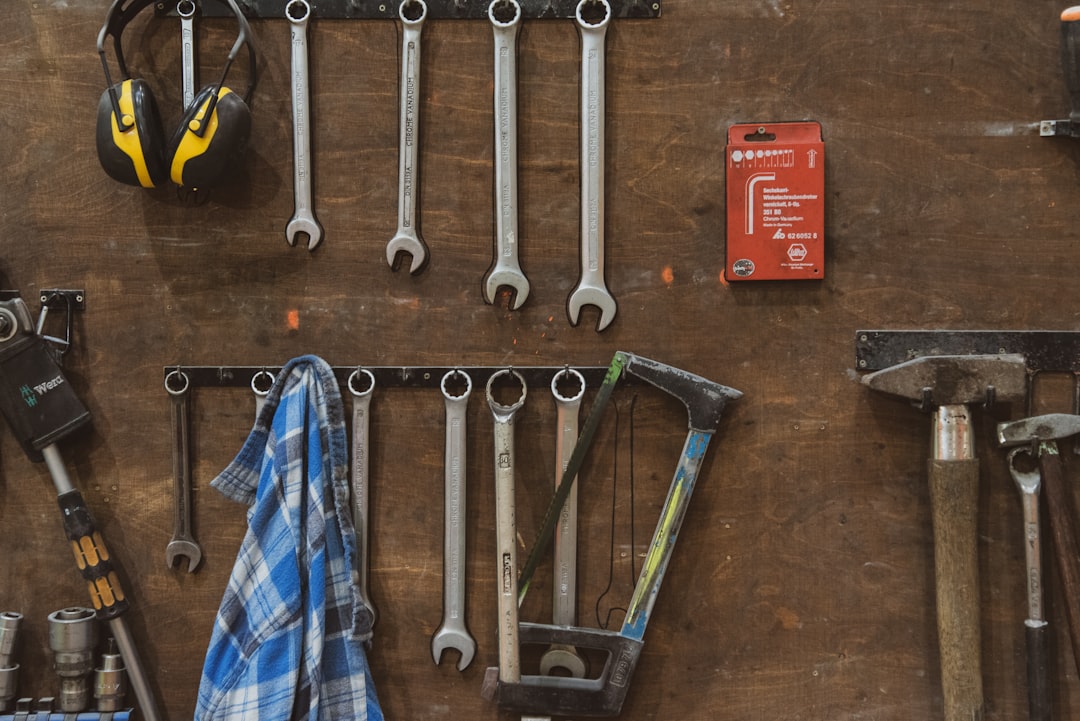Construction nails are seemingly simple components, yet their quality and proper selection are crucial for the structural integrity and longevity of any building project. From framing a house to installing siding, the right nail ensures a secure and lasting bond. This comprehensive guide delves into the standards and durability aspects of construction nails, helping you make informed choices for your next project.
Understanding Construction Nail Materials and Their Impact on Durability
The material of a construction nail significantly impacts its durability and holding power. Common materials include:
- Steel: The most common material, offering a good balance of strength, cost-effectiveness, and availability. Steel nails can be further categorized by their coating (galvanized, stainless steel, etc.), which affects their resistance to corrosion.
- Aluminum: Lighter than steel, aluminum nails are often preferred for applications where weight is a concern or where corrosion resistance is paramount, such as in marine environments or near chemicals. However, they are generally less strong than steel nails.
- Brass: Used primarily for decorative purposes or in applications requiring high corrosion resistance. Brass nails are relatively expensive.
- Copper: Similar to brass, copper nails offer excellent corrosion resistance but are less common due to cost. Often used in specialized applications.
Choosing the right material depends on the specific application, environmental conditions, and desired lifespan of the construction.
Decoding Construction Nail Size and Gauge Specifications
Construction nails are categorized by their size, expressed in terms of length and gauge (diameter). The length is typically measured in inches or centimeters, and the gauge indicates the thickness of the nail shaft. Lower gauge numbers represent thicker nails, and higher gauge numbers represent thinner nails. For example, a “16d common nail” refers to a specific length and gauge, with the “d” representing “penny,” an archaic unit of measurement still used in the industry.
Understanding these specifications is vital for selecting nails appropriate for the material being fastened and the required holding power. Thicker nails are generally better for harder woods and heavier loads, while thinner nails might suffice for lighter applications like siding or trim.
Common nail size charts are readily available online and in hardware stores, providing a quick reference for various applications.
The Role of Nail Coatings in Enhancing Durability and Preventing Corrosion
Nail coatings play a crucial role in enhancing durability and preventing corrosion. Common coatings include:
- Galvanized: A zinc coating that provides excellent corrosion resistance, making these nails suitable for outdoor applications and environments with high humidity.
- Stainless Steel: Offers superior corrosion resistance compared to galvanized nails, making them ideal for extremely harsh environments or where long-term corrosion protection is critical.
- Electroplated: Various metals, such as zinc, copper, or nickel, can be electroplated onto nails to enhance their appearance and corrosion resistance.
- Hot-Dip Galvanized: A process where nails are immersed in molten zinc, resulting in a thicker and more durable coating than electro-galvanized nails. This offers superior protection against corrosion.
The choice of coating depends on the specific application and the level of corrosion protection required.
Testing Methods and Standards for Construction Nail Performance
Various standards and testing methods are used to assess the performance and durability of construction nails. These tests evaluate aspects such as:
- Tensile Strength: Measures the nail’s resistance to being pulled out of the material.
- Shear Strength: Assesses the nail’s resistance to forces that try to slide it sideways.
- Withdrawal Resistance: Determines the force required to pull the nail out of the wood.
- Corrosion Resistance: Evaluates the nail’s ability to withstand exposure to various environmental factors.
Organizations like ASTM International (ASTM) develop and publish standards for construction nails, ensuring consistent quality and performance across different manufacturers.
Choosing the Right Construction Nails for Your Project: A Practical Guide
Selecting the appropriate construction nails involves considering several factors:
- Material being fastened: Hardwoods require stronger nails than softwoods.
- Load-bearing requirements: Heavier loads necessitate stronger and longer nails.
- Environmental conditions: Outdoor applications require corrosion-resistant nails.
- Aesthetic considerations: In visible applications, the nail’s head and finish might be important.
- Budget: The cost of nails can vary significantly based on material and coatings.
By carefully considering these factors, you can ensure that you select the right nails for your project, leading to a structurally sound and long-lasting result.
Remember to always consult relevant building codes and standards for your region to ensure compliance and safety.
SEO Keywords: Construction nails, nail gauge, nail length, nail durability, corrosion resistance, construction standards, ASTM standards, nail coatings, galvanized nails, stainless steel nails.




